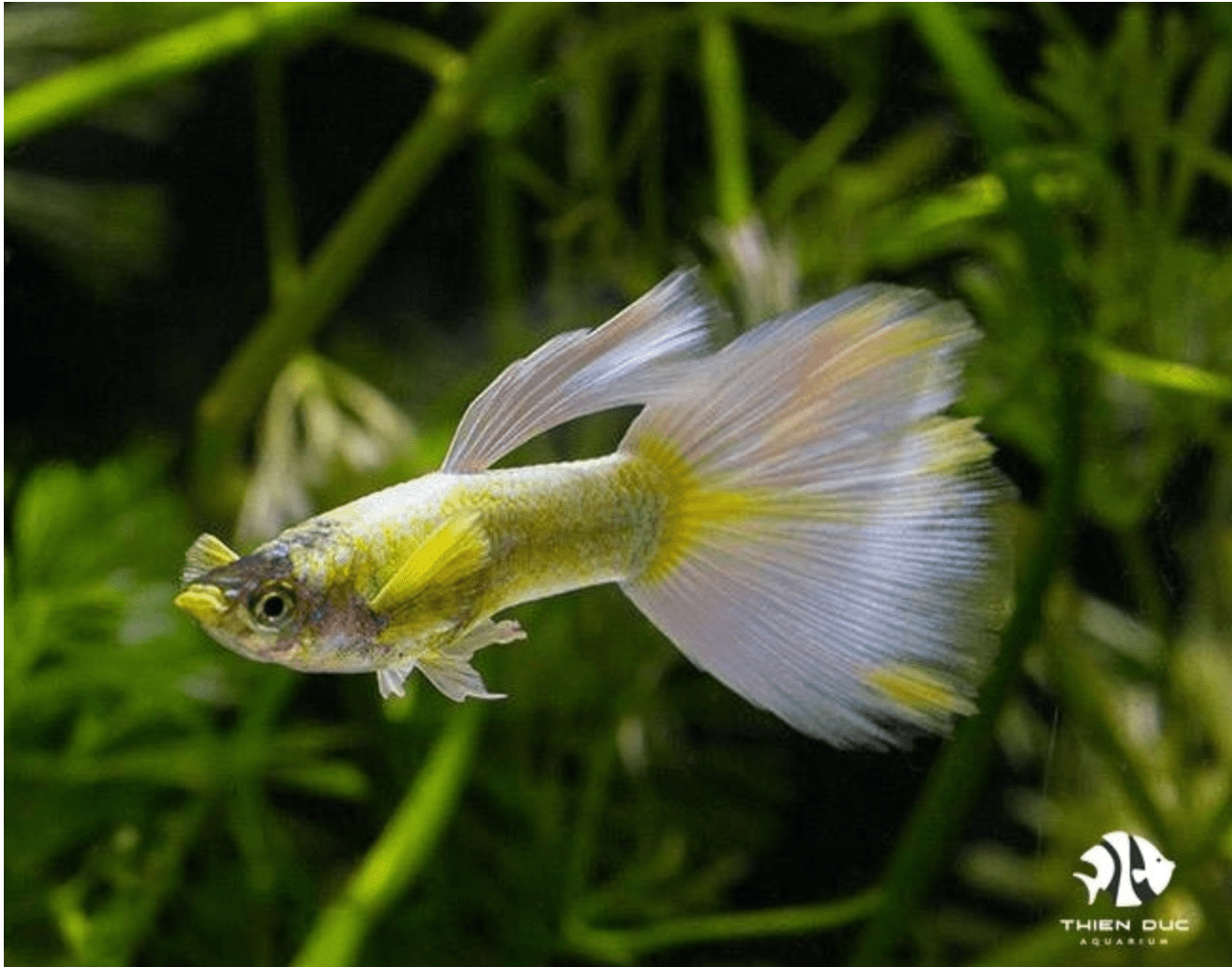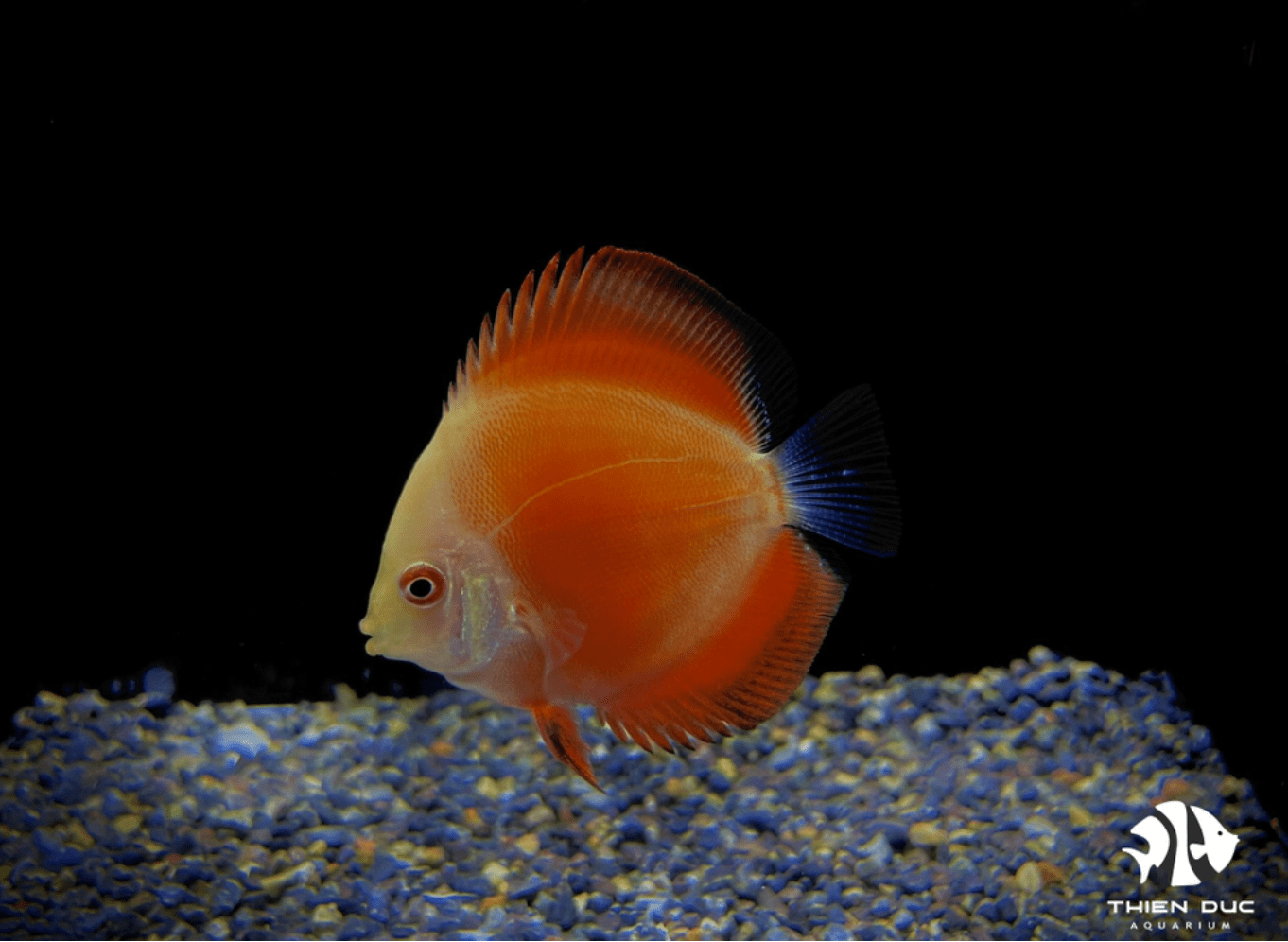Amano shrimp exporter: What to Look for When Sourcing
Amano shrimp (Caridina multidentata) are essential algae eaters with high demand across the EU. Your business success depends on sourcing healthy livestock, making the choice of a premier Amano Shrimp Exporter a critical strategic decision. As THIENDUC AQUARIUM, a leading Vietnamese exporter since 2012, we understand the EU's exacting standards. This guide outlines the key criteria for sourcing high-quality Amano shrimp to ensure you partner with an exporter who delivers excellence.
Section 1: Verifying Sourcing Practices and Sustainability
The journey of a healthy Amano shrimp begins long before it reaches a holding tank. It starts in its native habitat. For any discerning EU importer, understanding an exporter's sourcing practices is the first step in responsible procurement.
The Wild-Caught Reality
It is a critical fact that the vast majority of Amano shrimp are wild-caught. Unlike many other dwarf shrimp species, commercial captive breeding of Caridina multidentata is exceedingly difficult due to their complex life cycle, which requires a saltwater larval stage before transitioning back to freshwater. This reality places immense importance on the sustainability and ethics of collection methods. An irresponsible Amano Shrimp Exporter might overlook environmental impact for the sake of volume, leading to ecological damage and lower-quality, stressed animals.
A Commitment to Ethical and Sustainable Collection
For the European market, where consumers are increasingly environmentally conscious, sustainability is not just a buzzword—it's a prerequisite. A trustworthy exporter must demonstrate a firm commitment to ethical collection. This involves:
-
Environmentally Friendly Methods: Utilizing collection techniques that do not damage the local ecosystem, such as avoiding destructive netting practices.
-
Regulatory Compliance: Adhering strictly to all local regulations, fishing laws, and seasonal restrictions to prevent over-harvesting.
At THIENDUC AQUARIUM, we partner with a network of skilled local collectors who share our commitment to preserving Vietnam's natural aquatic habitats. This ensures a sustainable supply chain that you can represent with pride.

Key Questions to Ask Your Exporter
When vetting a potential Amano Shrimp Exporter, their transparency is paramount. Ask them directly:
-
"What is the origin and specific collection point of your shrimp?"
-
"Can you describe your collection and handling methods in the field to minimize stress?"
-
"What concrete measures do you have in place to ensure sustainable harvesting?"
A reputable partner will welcome these questions and provide clear, confident answers.
Section 2: Rigorous Health, Quality, and Conditioning Protocols
Once collected, the shrimp enter a critical phase where a professional exporter's expertise truly shines. The health and hardiness of the shrimp you receive are directly determined by the post-harvest protocols they implement.
The Visual Quality Checklist
Before you even place an order, request photos or videos of the current stock. A high-quality batch of Amano shrimp from a top-tier Amano Shrimp Exporter should exhibit the following traits:
-
Appearance: The bodies should be clear and translucent. A milky, opaque, or cloudy appearance is a major red flag, often indicating severe stress or a deadly bacterial infection.
-
Size: The shrimp should be of a consistent, marketable size as agreed upon. A batch with significant size variations can indicate inconsistent collection or poor grading.
-
Activity: Healthy Amanos are busy Amanos. They should be active, constantly grazing on surfaces and exploring their environment. Lethargic shrimp hiding in corners are likely unwell.
-
Physical Integrity: Inspect for full antennae and a complete set of legs. Any visible physical damage, external parasites, or fungal infections (such as the white tufts of Vorticella) are unacceptable.

Quarantine and Conditioning: The Non-Negotiable Steps
Receiving shrimp directly from the wild without proper processing is a recipe for disaster. A dedicated Amano Shrimp Exporter invests heavily in their facilities to perform two crucial functions:
-
Quarantine: A strict quarantine period in isolated systems is essential to observe the shrimp, treat any potential ailments, and prevent the cross-contamination of diseases.
-
Conditioning: This is the process of slowly acclimating the shrimp from wild water parameters to the standard conditions found in hobbyist aquariums. Furthermore, it involves training them to accept commercial foods (like flakes, pellets, and wafers), ensuring they thrive once they reach their final destination.
Our facilities at THIENDUC AQUARIUM are designed to execute these protocols flawlessly, ensuring every shrimp is robust, acclimated, and ready for international transit.
Key Questions for Your Exporter:
-
"What is your detailed quarantine procedure, and how long does it last?"
-
"Can you provide the water parameters (pH, GH, KH, TDS) of your holding tanks?"
-
"What types of food are the shrimp conditioned with during this period?"
Section 3: Mastery of Packing and Shipping
For any international importer, especially those in the EU with long-haul flights, the shipping process is the most critical and highest-risk stage. The expertise of an Amano Shrimp Exporter is most evident in how they pack and ship their animals. Improper shipping is the number one cause of losses, and a professional invests heavily in perfecting their methods.
Best Practices in Packing Live Shrimp
Decades of experience in shipping live animals have established clear best practices that should be standard procedure:
-
Bags: Using high-quality, multi-layered bags with pure oxygen is the industry standard.
-
Water Volume: Using minimal water is key. This maximizes the oxygen-to-water ratio and reduces the rate at which toxic ammonia builds up during transit.
-
Insulation: High-density styrofoam boxes are essential to insulate the shrimp from the extreme temperature fluctuations they will encounter in an aircraft's cargo hold.
-
Temperature Control: The strategic use of heat packs or cool packs, depending on the season and destination weather in Europe, is critical for maintaining a stable internal temperature.
-
Labeling: Boxes must be clearly and correctly labeled with internationally recognized "LIVE TROPICAL FISH" markings to ensure proper handling by airline staff.

Key Questions for Your Exporter:
-
"Can you provide a step-by-step walkthrough of your packing process for a shipment to Germany/France/etc.?"
-
"Which airlines and shipping carriers do you have established relationships with for EU routes?"
-
"What is your Dead on Arrival (DOA) policy, and what is the exact procedure for making a claim?"
A reliable Amano Shrimp Exporter will have a transparent, fair DOA policy, demonstrating confidence in their packing quality and a commitment to a long-term partnership.
Section 4: Assessing Business Reputation and Communication
Finally, the foundation of a successful business relationship is built on trust, credibility, and clear communication. When vetting an Amano Shrimp Exporter, look beyond their products to their business practices.
Credibility and Experience
In the livestock trade, experience matters. Seek out reputable exporters with a solid track record. THIENDUC AQUARIUM, established in 2012, has over a decade of experience navigating the complexities of international livestock export, particularly to demanding markets like the EU. Seek out reviews, ask for references from other importers in your region, and evaluate their professionalism. A professional website and clear, verifiable company information are good indicators.
Communication is Key
For an EU-based client, communication with a supplier in Asia must be seamless. A superior Amano Shrimp Exporter will have:
-
Responsiveness: They answer emails and messages promptly and thoroughly.
-
Transparency: They are open and willing to answer all your questions about their processes.
-
Knowledgeable Staff: Their team is well-versed in both the species they sell and the logistics of exporting them.
Documentation and Compliance
A seasoned Amano Shrimp Exporter understands the administrative intricacies of shipping to the European Union. They must be capable of providing all necessary documentation flawlessly, including health certificates, certificates of origin, and any other paperwork required by your country's customs authorities. This expertise prevents costly delays and ensures a smooth import process.
Conclusion
Choosing a supplier requires due diligence beyond price. Focus on four pillars: sustainable sourcing, health conditioning, expert shipping, and a sterling reputation. The cheapest option is often costliest due to high DOAs and poor quality livestock. A long-term relationship with an ethical Amano Shrimp Exporter is a strategic investment in your brand's reputation. At THIENDUC AQUARIUM, we are dedicated to being that quality partner for businesses across the European Union.
Choose THIENDUC AQUARIUM as your trusted Amano Shrimp Exporter.
Contact Information:
-
Address: 57 Le Thi Sieng, Tan Thong Hoi, Cu Chi, Ho Chi Minh City, Viet Nam
-
Mobile: +84903912501
-
Office: +84982577871
-
Email: thien@thienducaquarium.com










